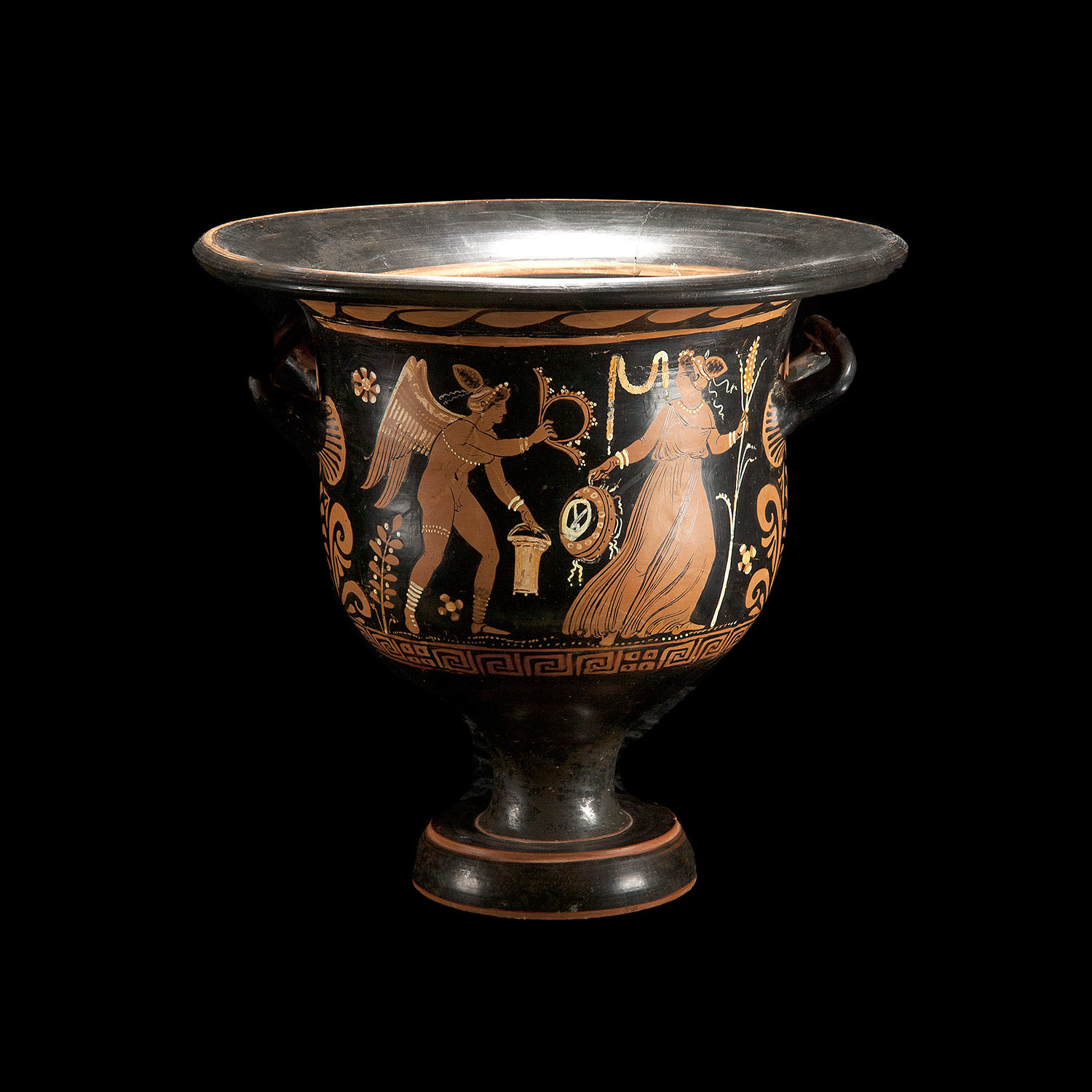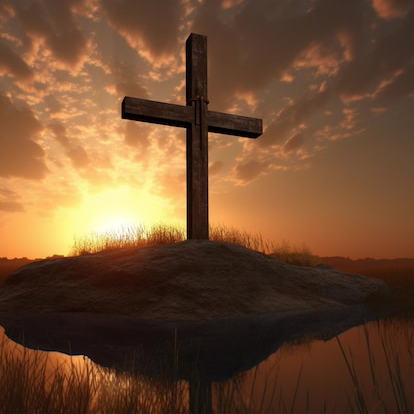L
Lehigh3
Guest
Stormcrow,
I reviewed this thread also, but I tend to think "and there was no more sea" is a reference to the abyss.
I think the first heavens & earth were not limited to "the temple" fixtures alone but to old covenant Israel in which God had said He would make a new covenant...... If we look at the wording in Rev.21:1, "Now I saw a new heaven and a new earth, for the first heaven and earth had passed away. Also there was no more sea." (NKJV)
Well, 2 points here:
1) If we limit it to "the temple" how do we account for the fact that in the new Jerusalem there is "no temple in it?"
2) Rev.21:1's "and there was no more sea" is included with the other prophetic symbols of the natural world-the first heaven & earth. In Revelation 7:1-3 God’s people are marked on their foreheads right before his judgment is poured out on the land and sea (land and sea have the connotation of Jew and Gentile in Revelation ( Rev.13:1,11)
I reviewed this thread also, but I tend to think "and there was no more sea" is a reference to the abyss.
I think the first heavens & earth were not limited to "the temple" fixtures alone but to old covenant Israel in which God had said He would make a new covenant...... If we look at the wording in Rev.21:1, "Now I saw a new heaven and a new earth, for the first heaven and earth had passed away. Also there was no more sea." (NKJV)
Well, 2 points here:
1) If we limit it to "the temple" how do we account for the fact that in the new Jerusalem there is "no temple in it?"
2) Rev.21:1's "and there was no more sea" is included with the other prophetic symbols of the natural world-the first heaven & earth. In Revelation 7:1-3 God’s people are marked on their foreheads right before his judgment is poured out on the land and sea (land and sea have the connotation of Jew and Gentile in Revelation ( Rev.13:1,11)








